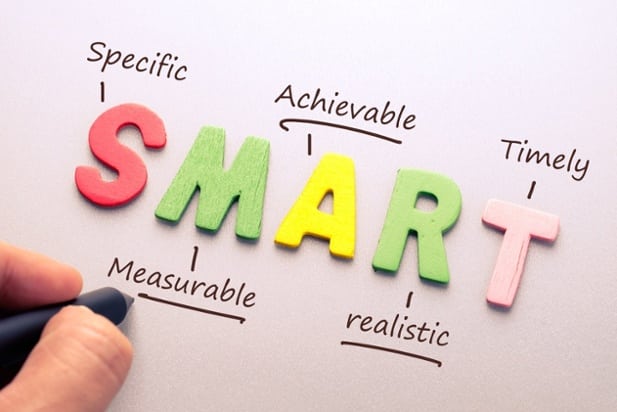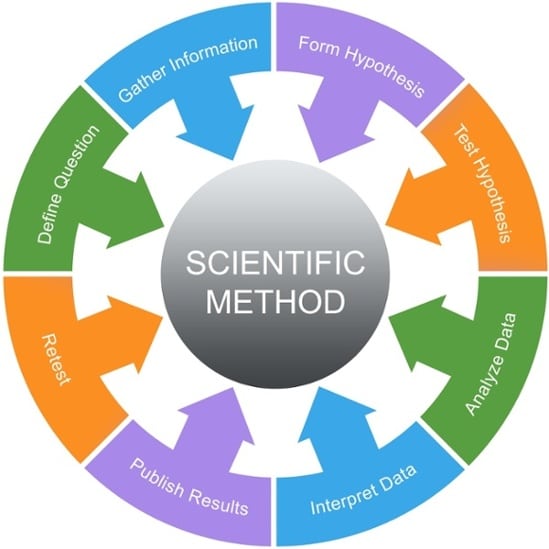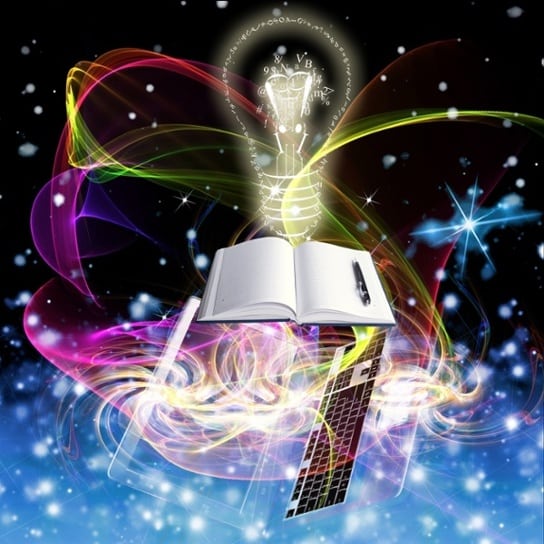As a society, one of our goals is to foster scientifically literate adults. These adults must make informed decisions when talking with their doctors and voting on complex, politically fraught subjects. Science majors, doctors, and technicians must use their strong content background to creatively solve problems, think for themselves, and develop and practice specific skills (HHMI, 2016). With these goals in mind, here are six things every science course writer must know.
1.) Know Your Audience
Remember, you’re writing a course for instructors to read and disseminate. For specialized higher education, make sure you communicate using the scientific language of the field. To do so, familiarize yourself with your subject’s current events by reading summaries at sites like Science News or reviews at PubMed. For younger students or classes in basic adult education, keep the language simple and the jargon limited.
2.) Start SMART
Following in the footsteps of successful entrepreneurs, ensure your objectives are Specific, Measurable, Achievable, Realistic, and Timely (SMART). For each step, writers can use questions like these from the Rhode Island Innovation Consortium template.

Specific. “What, exactly, do I want my students to achieve/improve?”
Measurable. “How will I know my students have achieved my goal?”
Achievable (Attainable). “How can this goal be realistically attained?”
Relevant (Realistic). “What data supports the selection of this goal?”
Timely (Time Bound). “What is a measurable and realistic time line? Consider possible benchmarks.”
3.) Technology is Key and Hands-On is Required
With budget cuts and limited resources, computers appear to be the perfect solution to saving money. Unfortunately, this can result in excluding building skills such as measuring with labware or using a microscope. Why buy costly consumable supplies when there are so many virtual labs and activities available? There is no substitute for the real thing.
Many scientists became interested in the field during hands-on activities in middle school. This is because kinesthetic learners need experiential settings in order to both fully understand a concept and develop human intuition. Stressing computer technology without hands-on activities and labs puts us in danger of losing future would-be scientists, doctors, and technicians. The curriculum must be accessible to diverse learners, including those who learn by doing.
4.) Science is Dynamic!
What has been proven in the past may be disproven in the future. Students must learn the importance of peer-reviewed articles; scientific findings that are evaluated and approved by experts in the field before they are published. Yet understand that the scientific community, like all human endeavors, is fallible, debatable, and possibly biased. Students must be able to critically evaluate findings, rewrite hypotheses, persevere, revise, and try again.

How do we teach this? By including in the curriculum 1) A scientific method that is circular, not linear; 2) Inquiry-based learning that develops critical-thinking skills and creative problem solving; and 3) Resources that summarize primary, peer-reviewed content. Younger students to middle school? Include science articles from Time for Kids or National Geographic. High School? Begin reading science sections of newspapers like the New York Times. Advanced placement and beyond? Teach students to critically read journal articles and weigh evidence supporting and refuting claims.
5.) Science is Creative!

Include assignments with scaffolded rubrics or checklists that allow students to choose their topics and show understanding in a variety of ways. For example, they could write a lab report, give a “TED” talk, create a video, make a game, write a blog, present case studies, incorporate Pinterest, and more.
6.) Science is Interdisciplinary!
Scientists make sense of our world by devising four domains: Biology, Chemistry, Geology, and Physics. Yet these fields cross paths in complex ways that must be understood by scientifically literate adults. Yes, it is important to hone in on problems when conducting research, but we all need to understand interconnections within abigger picture.

As science course writers, we should provide opportunities for students to explore large-scale processes by conducting labs and reading articles related to large-scale overarching themes like pollution, global warming, and interplanetary exploration.
What should every science course writer know? Create SMART objectives written with the audience and student in mind, include many hands-on activities along with computer resources, and, finally, stress that science is dynamic, creative, and interdisciplinary!





